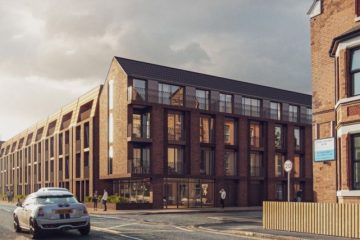Exploring the Rich History and Culture of Leicester

Introduction to Leicester
Leicester, a city in the East Midlands of England, is renowned for its deep historical roots, vibrant multicultural community, and significant contributions to British society. With a population of over 300,000, it stands as one of the UK’s most diverse cities, offering a mix of cultural, educational, and economic opportunities. Understanding Leicester’s importance is crucial not only for its residents but for those interested in the evolution of urban centres in England.
Historical Significance
Leicester’s history dates back to Roman times when it was known as Ratae Corieltauvorum. The city has witnessed considerable historical events, including the rise of the English monarchy. Notably, in 2015 the remains of King Richard III were discovered beneath a car park, prompting extensive archaeological studies and interest in the city’s historical narrative.
Cultural Diversity
Leicester boasts a rich tapestry of cultures and traditions, attributed to its diverse demographics. The city hosts numerous festivals each year, including the Leicester Caribbean Carnival and the Diwali celebrations, which are the largest outside India. This cultural dynamism plays a vital role in shaping community relations and promoting social cohesion among the city’s inhabitants.
Education and Economy
Home to two major universities, the University of Leicester and De Montfort University, the city is an educational hub that attracts students from around the world. This influx of youth not only bolsters the local economy but also enriches the city’s cultural landscape. Furthermore, Leicester’s economy has seen significant growth through various industries, including textiles, food processing, and the high-tech sector.
Recent Developments
In recent times, Leicester has faced challenges such as the COVID-19 pandemic, which severely impacted local businesses. However, recovery efforts led by local government and community groups have begun to revitalise the economy. Investments in infrastructure and urban renewal projects continue to enhance Leicester’s attractiveness as a place to live and work.
Conclusion
Leicester stands as a city of resilience, embracing its rich history while navigating the complexities of modern urban life. Its significance, marked by cultural diversity, educational opportunities, and economic potential, paints a promising future for both residents and visitors. As Leicester continues to evolve, its rich heritage and vibrant community will undoubtedly play a central role in shaping the narrative of this remarkable city.









